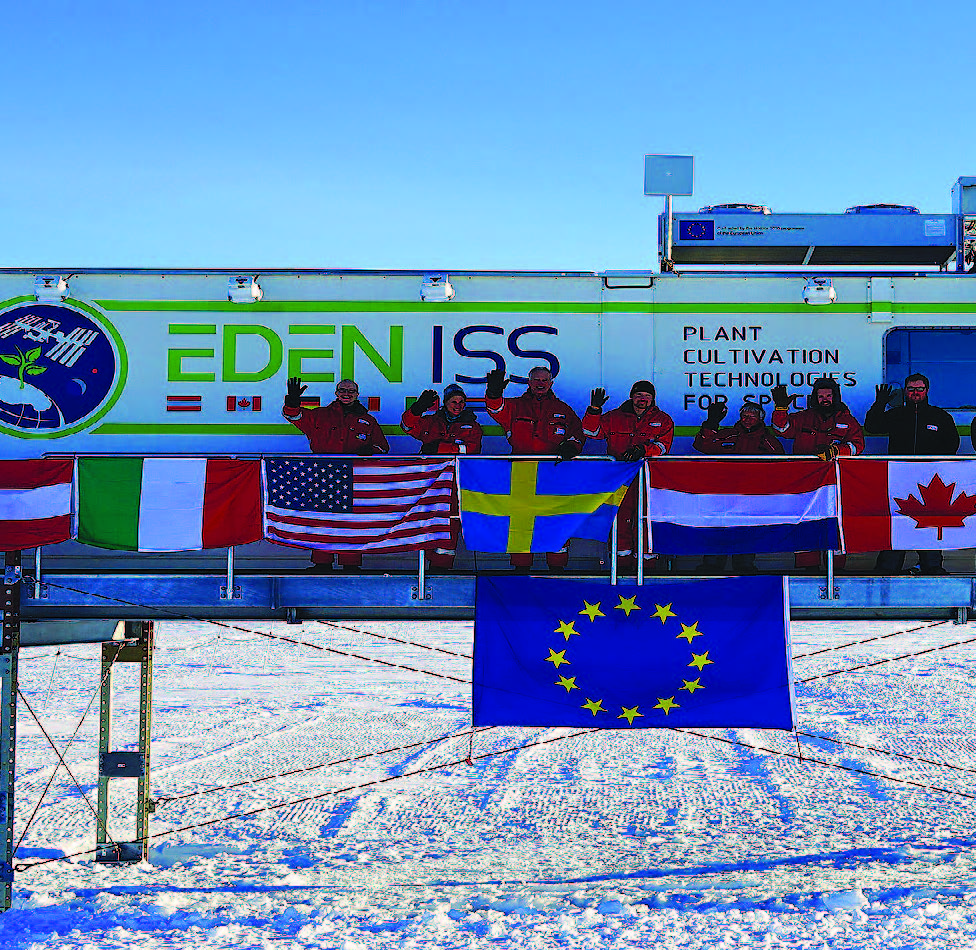Pakistan
2019 TSRQ2 – Economy: Non-U.S. Government Space Investment


Growth in the government investment sector of the space economy outpaced commercial sectors as the U.S. and non-U.S. government shares of the global space economy between 2017 and 2018. . .
2013 – Additional Country Space Budgets
Around the globe, many smaller nations—whether in terms of economy or population size—are investing in space projects or programs. Exhibit 2cc shows the most recent available yearly budget for civil space activities in a number of selected emerging space states. Each of these countries tends to feature a different focus in its space investment portfolio, so care must be taken in making generalizations.
2013 – BeiDou
In 2011, China became the third nation to declare a PNT system operational, with the announcement that its BeiDou system was able to provide location data and SMS messaging for users within China. In late 2012, The China Satellite Navigation Office published the complete interface control document for the system, enabling international manufacturers to build BeiDou-compatible receivers. Basic services to surrounding regions in Asia were enabled in 2012, and by mid-2013, Chinese efforts to aggressively promote BeiDou as a viable alternative to GPS and GLONASS were well underway.
2012 – Dual Purpose EO/RS
Many remote sensing satellites have dual military and civil or commercial purposes. India launched its indigenously developed radar imaging satellite, RISAT-1, in April 2012. The satellite will join RISAT-2 and will provide India with the ability to image features on the ground even if covered by clouds or foliage due to its use of a C-band microwave synthetic aperture radar. RISAT-2, a radar-based reconnaissance satellite, was purchased from Israel and deployed before RISAT-1 to help track and prevent terrorist activity, such as the 2008 Mumbai terrorist attacks.
2012 – Additional Country Space Budgets
Around the globe, many smaller nations—in economy or population size—are investing in space projects or programs. These emerging space states generally feature relatively small-scale investments in space applications linked to specific national socioeconomic development objectives. The exhibit for additional/emerging countries shows the most recent available yearly budget for civil space activities in selected emerging space states. Each country tends to feature a different focus in its space investment portfolio, so care must be taken in making generalizations.
Tele-education Using PAKSAT
Many countries use satellite technology for education. With the August 2011 launch of the PAKSAT-1R communications satellite, Pakistan has joined this group of nations. The satellite, which provides TV broadcasting, internet, and data communication services, extends modern communications to the whole country. Pakistan’s prime minister urged the national space agency to focus on tele-education for improving the quality of life in remote areas. The technology allows Pakistani students in outlying areas with little or no access to educational resources to link up with classrooms in major cities.
2011 – South African Government Space Budget – Snapshot
Space activities in South Africa are funded through the Department of Science and Technology (DST). In FY 2011, which ran from April 2011 to March 2012, the DST planned to spend ## million rand (US$## million) on space activities executed through two programs: the South African National Space Agency (SANSA) and the Space Science Research, Development and Innovation subprogram. SANSA, established in 2008, planned an FY 2011 budget of ## million rand (US$## million).
Key-turn Satellite Helps India Fight Terrorism
National governments employ satellite-based remote sensing technology to improve their ability to monitor and maintain security of national borders. In the wake of the November 2008 terrorist attacks in Mumbai, the Indian government accelerated plans for a reconnaissance satellite focused on military applications.
2005 – Data Communications
Data communications services include very small aperture terminal (VSAT) services, Internet backhaul, direct-to-home broadband, and mobile data.